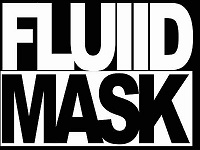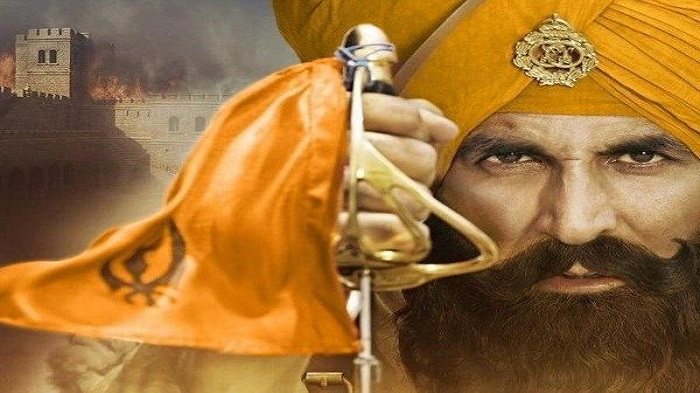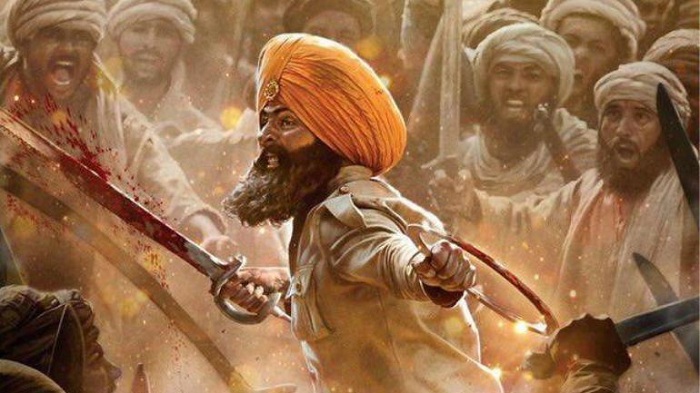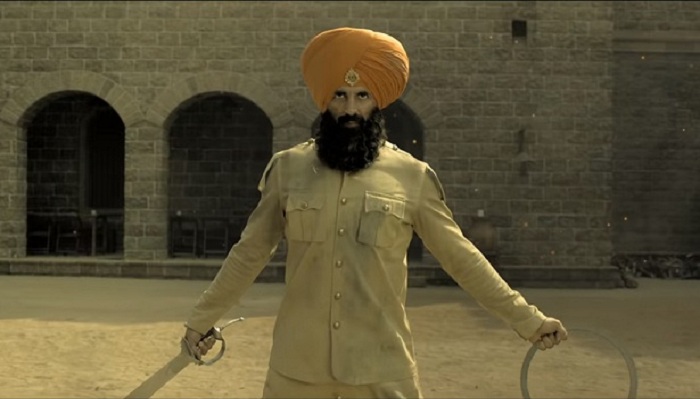Do you often wonder what goes behind those spectacular visuals in Bollywood movies that we often relish watching? How is a war scene made so breathtakingly intense with thousands of people duking it out amid big plumes of smoke and fire? How does the  protagonist manage to fling a hundred men across the field and play with fire while leaping across buildings? If you’ve ever felt stumped by the visuals in movies, we are going to introduce you to the wizards that we call VFX technicians and artists, who work round the clock adding, subtracting and enhancing the brushstrokes on the canvas of movies to shape up the storytelling, making modern cinema as fantastic and immersive as it is.
protagonist manage to fling a hundred men across the field and play with fire while leaping across buildings? If you’ve ever felt stumped by the visuals in movies, we are going to introduce you to the wizards that we call VFX technicians and artists, who work round the clock adding, subtracting and enhancing the brushstrokes on the canvas of movies to shape up the storytelling, making modern cinema as fantastic and immersive as it is.
Having been associated with a spate of Bollywood movies over the past decade, Fluiidmask has been steadily emerging as the go-to spot for the visual effects sphere of filmmaking. We spoke to Fluiidmask’s sr. VFX supervisor Prashant Thakur to know more about their upcoming work on the movie Kesari.

We recently feasted our eyes on the upcoming movie Kesari’s trailer. It was also trending on the internet recently. The visuals effects look stunning. In the early days, VFX was relegated to the post-production stage of the film but times have changed, haven’t they?
Yes, right from the start when they had started filming the movie and even before that we sat through the narration of the story. We were actively involved in the discussions as to the whole scale of the movie and the possibilities that we could explore, VFX-wise and location-wise and where we could travel to shoot the plates in order to get the best shots.
Tell us about the locations where the movie was shot?
There was a concern as to where we should shoot and how can we make the visuals look as proper as the actual instances that transpired in the days leading up to the iconic battle. The movie is based on a true story that depicts the valour of the Sikh warriors. The real battle happened at the Afghanistan border which is still a war-torn area. It would not have been plausible or feasible to go there. Again the risk of having to carry so many people also factored into this because the crew was of around 800 people on set. It was logistically viable to go to international locations as well. To recreate the whole scenario, we finally zeroed down on the location near Pune. (Wai)

Could you tell us about some VFX-heavy scenes?
Naturally, we had to go by the director’s vision. Once we had the location locked, we understood the breif that he wanted snow-clad mountains around. So we went there for the principal photography sessions to check how the scenes are going to pan out. After we had a good sense of it, we started creating backgrounds for all the locations and shots.
Do you mean you had to add set extensions?
Not really. Instead, we had to apply the background replacements. The set that was created looked spectacularly real. It’s also credit to the creative team that they made the Saragrahi set look so real and beautiful.

What were the major challenges that you faced during the process?
There were many but the major challenge was to replace the backgrounds. And background replacement is done up in almost all the shots of this movie. We had sized up the location insofar as the geography from all its angles and selected the mountains from the plates we shot.
In the times before, VFX didn’t have a strong concept of pre-visualisation as it were however VFX movies are now shot after a great deal of pre-visualisation, sometimes even animating the whole thing to get a sense of how things are going to look. Had something along the lines been done for Kesari?
We had done the pre-visualisation but only for the war scenes. Whenever there was a war sequence, we designed the shot, story-boarded it, visualised it along with the action-director and the director obviously and that’s how we shot it because it was a difficult location to shoot, shooting in May last year which was super-hot in Pune. So we wanted to be quick as in whatever shots we want to take. We knew those shots beforehand, even before designing them actually. We had covered the entire war sequence.
Since it is based on a true story so you wanted to do justice to the actual battle scene in terms of replicating that or even enhancing it to make it more viewer-worthy. Could you tell about the software you use?
We mainly use two software, mainly 2D and 3D software. So for 3D, we use Maya and Houdini for effects and 2D composition, its nuke-based.
How has the experience been so far?
It’s been exciting so far. The main challenge is chasing the deadline in general when we know can do so much but we don’t have the time. Having said that, that has not been the case in this movie because everything was well-planned right from the beginning. It’s only the last bit of the movie which is the climax we had shot in Wai. There was a blast that had happened on the set which was also what we needed to capture. Unfortunately, the entire set got burnt down because of that blast. So we had to shoot the climax portion in Mumbai where the set was built at the helipad. That constituted another major challenge because now we are replacing the background of Mumbai itself. It threw almost everything out of the schedule. The rebuilding of the set and the dates of the actors… All of this took almost eight months. We shot everything in December. We had to get the edit in the last week of January.
How many shots were delivered?
Around 2000 shots.
We saw the sabre that was completely covered in fire. Could you tell us a bit about that?
Yes, the whole idea is that they fight with their traditional weapon, a heated sword. The sword you are speaking of is called Khanda which they had fought with. We built the Khanda with a CG replica of that.
Of course, all the blood splashes and the fire you see is computer generated.
We’ve seen movies you have worked on previously which also co-incidentally featured Akshay Kumar. In Rustom we saw him sporting a small moustache that was a very convincingly done CG work, wasn’t it? Could you tell us about the role VFX might have played in the facial hair Kumar sports in this movie?
In some parts of Rustom, we had created the moustache with visual effects. However, there is no VFX on his facial hair this time. Obviously, such heavy beard can’t be grown in such a short amount of time so it was all prosthetic work. It’s only the continuity shots we might have used a bit of VFX to clean up a dust particle if stuck somewhere otherwise we haven’t touched anything on the beard.
Where was the colour grading done? Could you shed some light on the grading process?
Grading work is entirely taken care of by Future Works. After the raw footage, the director of photography and the team decide on the colour as to how contrasty or less contrasty they want the shots to look like.
Last year we saw a lot of new benchmarks in terms of the VFX work done in India. In Zero, SRK was shrunk into a dwarf. We saw 2.0 which was extremely heavy and spectacular with roughly over 3000 shots. Do you think Kesari, which looks so promising in the beginning, will set newer benchmarks?
All movies set different benchmarks inasmuch as their individual look and gravity they carry. The way the film has been shot and the creative experiments that have been done on the movie differ from one project to another. This movie also has an individuality of its own.
Kesari is co-produced by Akshay Kumar (through Cape Of Good Hope) and Karan Johar’s Dharma Productions. We will keep you posted on more such developments and insights about this movie. Kesari released on 21 March 2019.
